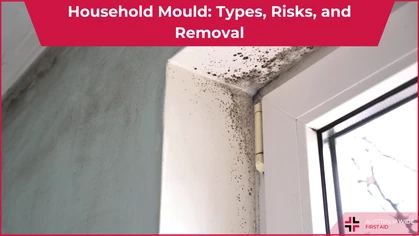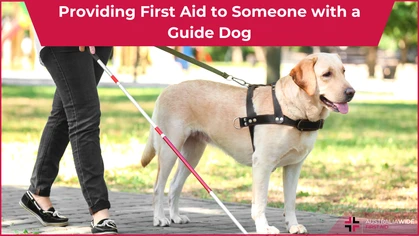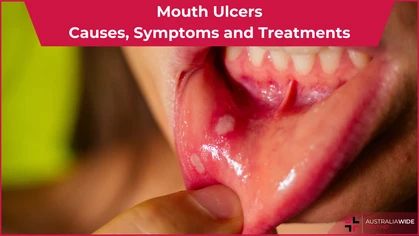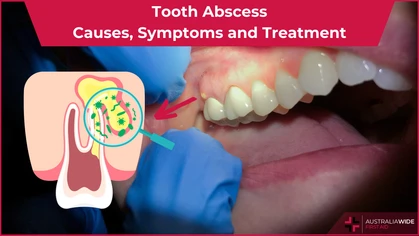6 Steps to Make Your Home More Elderly Friendly

General Health-Related
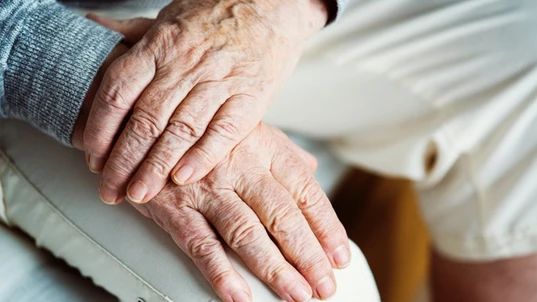
Elderly Australians like to remain at home and live as independently as possible, with one in four people over 85 checking into a community home.
By 2025, the number of over-65 year olds will exceed the number of under-14 year olds, according to predictions from the Australian Human Rights Commission, with both male and female populations typically living up to 80 years of age.Addressing demographic change
Australia’s elderly population is notably on the upsurge, according to the Australian Institute of Family Studies, with the highest concentration of elderly in Tasmania, South Australia, and New South Wales. Considering these statistics for one of Australia’s key demographics, questions that need good answers incude:- What living conditions should our senior citizens have?
- What constitutes a happy, healthy environment for them?
Staying home
Part of the answer lies at home. Most elderly Australians choose to remain at home and live as independently as possible. Only a quarter of the population aged 85 years old and over checks into community homes. The desire to stay in their homes, or in that of their children's, also means that proper care needs to be available.Caring for the elderly
When you pledge your support for an elderly relative, you will be in the position of the caregiver. The responsibilities will be shared between you and usually a doctor. But you will take charge to make sure the home is comfortable and conducive for its elderly resident.Elderly-friendly homes
To help you make the home more elderly-friendly, the following checklist also includes recommendations for people to work with.- Make sure at least one first aid provider is assigned to the home your relative will live in. You need to be prepared to address medical emergencies — the elderly can become increasingly susceptible to sickness and injury. Consider taking a first aid training course to learn techniques that will be useful if an emergency arises. Not only you... if you have older children in their teens, they should also learn first aid. It will also enhance the relationship between them and the elderly relative.
- Do your research. When welcoming an elderly relative into your home, start from a place of knowledge about what’s best for them. Familiarise yourself with their doctor and ask for a copy of their medical records for safekeeping. Contact a the senior citizen’s geriatric care manager, an occupational therapist, or any other licensed specialist who might give you proper input on home modifications. Their assessment will be invaluable before refurbishments are done to the home.
- Consider space, height, and infrastructure modifications to the house. Based on those qualified assessments in the previous point, you can start constructing more elderly-friendly infrastructure in the home — installing safety rails, expanding hallways and corridors to better accommodate wheelchairs, and an easy walk-in shower.
- Plan for emergency responses. With your senior resident at your home, it's important to have emergency plans in place. In the event of fire, the way must be clear for everyone to get to safe ground. Check the functionality of fire alarms and emergency sensors. Remove all obstructions to your home’s exits. You may need to brief everyone again about what they should do, where they should go, and who they should help in case of fire, earthquake, or flood.
- Clean the home, removing objects that would not safe to the elderly. As the body ages, scratches, falls, and knocks, can end in serious, debilitating injuries. Balance can become unsteady. Extra care is needed to address seemingly innocuous hazards — tangled electrical cables, slippery floors, wheeled furniture or toys (e.g. skateboards), and so on. Non-slip mats in the bathroom and non-skid treads on stairs are recommended. These are two places where falls are highly likely.
- Make the home open, bright, cheerful, and welcoming. Mental health conditions also beset our loved ones as they age. According to the Australian Institute of Health and Welfare, the two most common diagnoses are depression (47% of the elderly) and dementia (52%). Ensure the home is a safe and happy place where they can feel supported, remain mentally sharp, and feel like they are of value. Encourage adults and children alike to spend quality time with the elderly residents when they're at home.
More resources
We found some very useful renovating tips in this article: Sources:- https://www.humanrights.gov.au/face-facts-older-australians
- https://www.aihw.gov.au/reports-data/health-welfare-services/aged-care/overview
- https://www.gen-agedcaredata.gov.au/topics/people-s-care-needs-in-aged-care
- https://www.aarp.org/caregiving/home-care/info-2017/home-safety-tips.html
- https://www.aplaceformom.com/caregiver-resources/articles/home-safety-tips
- https://www.caregiverstress.com/senior-safety/making-home-safer/
- https://elizz.com/caregiver-resources/caregiving-tips/making-home-safe-for-seniors
Originally published at
https://www.australiawidefirstaid.com.au/resources/6-steps-to-make-your-home-more-friendly-to-the-elderly
as part of the Australia Wide First Aid Articles Library



